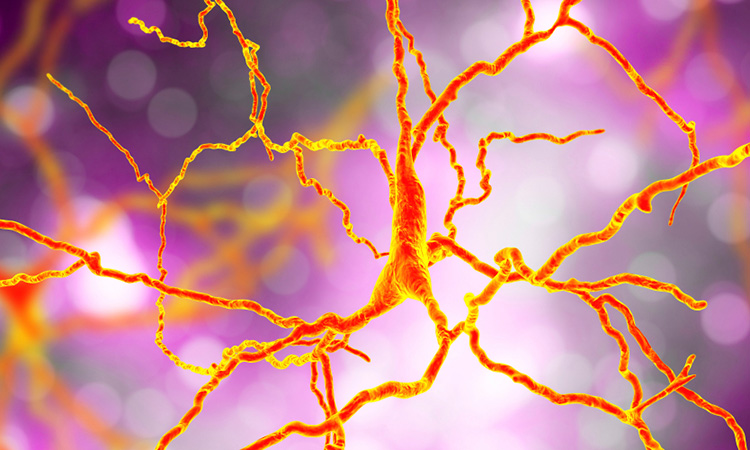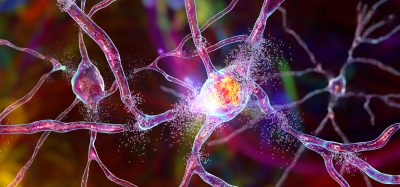Brain organoids: investigating the progression of Huntington’s disease
Posted: 5 September 2024 | Drug Target Review | No comments yet
Researchers found that HD can impair early brain development through defects associated with mitochondrial dysfunction.


Scientists at Henrich Heine University Düsseldorf (HHU) and the Max Delbrück Center have identified a new gene in the progression of Huntington’s disease (HD) using a brain organoid model. They discovered that mutations in the Huntington gene HTT also affect CHCHD2, which is involved in maintaining the normal function of mitochondria. Ultimately, the CHCHD2 gene could be a novel therapeutic target, as the study suggested it may contribute to brain abnormalities much earlier than previously thought.
Led by Dr Jakob Metzger, who was the senior author of the study, six different labs at the Max Delbrück Center participated in the study, each providing their proficiency in HD, brain organoids, stem cell research and genome editing. Dr Pawel Lisowski, co-lead author in the Metzger lab at the Max Delbrück Center, commented: “We were surprised to find that Huntington’s disease can impair early brain development through defects associated with mitochondrial dysfunction.”
HD is caused when the nucleotides Cytosine, Adenine and Guanine are repeated an excessive number of times in HTT. Individuals that carry 36 or more repeats are at a higher risk of developing the condition. Dr Metzger elucidated that the greater the number of repeats is linked to the likelihood of more disease symptoms appearing earlier.
Cas9 gene editing
Lisowski investigated how mutations in the HTT gene influence early brain development. First, variants of the Cas9 gene editing technology were used alongside the manipulation of DNA repair pathways to modify healthy induced pluripotent stem cells (iPSCs). This was so that they carried a large number of CAG repeats. However, because gene editing tools are not efficient in gene regions that contain sequences repeats, this process was technically challenging.
Brain organoids were then grown from the genetically modified stem cells. The team analysed the gene expression profiles of the organoids at different stages of development and observed that the CHCHD2 gene was consistently under-expressed. This reduced the metabolism of neuronal cells. Also, they could reverse the effect on neuronal cells when they restored of the CHCHD2 gene.
Furthermore, Metzger explained that defects in neural progenitor cells and brain organoids occurred before potentially toxic aggregates of mutated Huntingtin protein had developed. This demonstrates that disease pathology in the brain could begin long before it is clinically evident. Prigione added: “The prevalent view is that the disease progresses as a degeneration of mature neurons…But if changes in the brain already develop early in life, then therapeutic strategies may have to focus on much earlier time-points.”
“Our genome editing strategies, in particular the removal of the CAG repeat region in the Huntington gene, showed great promise in reversing some of observed developmental defects. This suggests a potential gene therapy approach.” Another approach could be therapies to increase CHCHD2 gene expression.
He concluded: “Early treatments that reverse the mitochondrial phenotypes shown here could be a promising avenue for counteracting age-related diseases like Huntington’s disease.”
This study was published in Nature Communications.
Related topics
Genome Editing, Mitochondria, Neurosciences, Organoids
Related conditions
Huntington's disease (HD)
Related organisations
Henrich Heine University Düsseldorf (HHU), Max Delbrück Center







